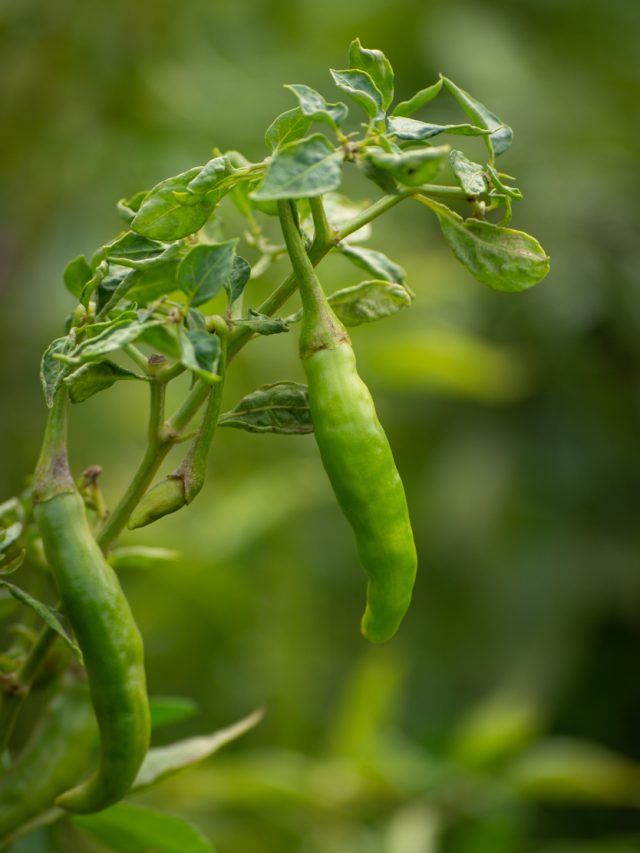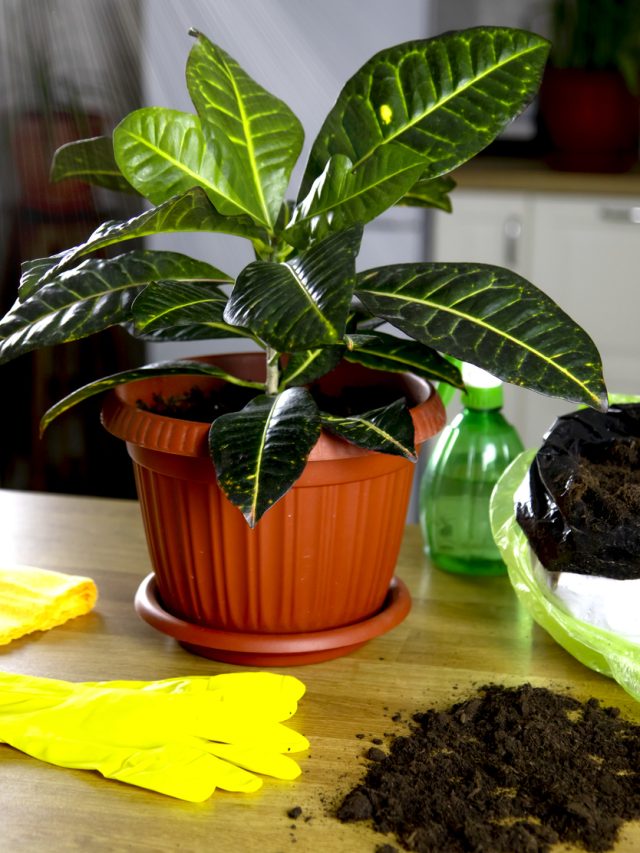Ginger (Zingiber officinalis) one of the oldest known spices, is esteemed for its aroma and pungency. It originated in South – East Asia, but was under cultivation in India as well as in China from ancient times. Ginger is perhaps the most widely used spice both for flavoring and for medicinal purposes in the world. It is used in food preparations, confectionery, beverages, making ginger candy/ preserves. In medicine it is considered as a carminative and stimulant. Ginger oil is also used as a flavoring in pharmaceuticals and also in perfumery.
The complete ginger POP has been discussed in this article. It is the most important factor to follow the package of practices of ginger to grow a healthy ginger crop.
Ginger Crop at a Glance
- Botanical Name: Zingiber officinalis
- Popularly known as: Ginger (English), Adrak (Hindi), Shunti (Kannada)
- Crop season: Rabi (March – April)
- Crop type: spice crop
- Production: 6-10 tons/acre
- Varieties: Maran, Karakkal, Rio de Janeiro, Mahim are the high yielding varieties. Emad Chemed, China, Karuppamadi, Rio de Jeneiro are varieties containing high oleoresin.
Soil requirement
The best soil for ginger cultivation is deep, well-drained, friable, loamy, and rich in humus. Alkaline soil is not good for the growth of crops. Ginger planting in the same field year after year is not recommended.
Before ginger planting, soil preparation of ginger crop starts during summer (March–April), and the land is ploughed twice (crosswise) at a depth of 15–22 cm. Later Norwegian harrows are used to crush exposed clods. To make the soil loose and friable, 3–4 crosswise harrowings are given. In order to stop soil erosion on sloping land, temporary ridges are opened. Before the final harrowing, 15 tons of FYM/ha are applied.
Climate requirement
The climate must be warm and humid for tropical crops. It grows well in regions with 125 to 250 cm of annual precipitation and at 1500 meters above sea level. In ginger cultivation, the rhizome development is best in a cool, dry climate. Plants that thrive in shade need plenty of moisture for good rhizome growth.
Land & Sowing Preparations for Ginger Crop
How to grow ginger crop
Ginger cultivation under rainfed land is split into raised beds that are 1 m wide, 3–6 m long, and 15 cm tall, with a 30 cm gap between each bed for a drainage channel. Beds develop along the contours of hill slopes. Ginger is cultivated in small pits that are spaced 25 cm away from one another and 15-20 cm apart within each row. During irrigation, ridges spaced 40–45 cm apart are opened. Planting is done at a distance of 22–30 cm in small trenches on ridges.
Propagation
Ginger is propagated by using setts, or parts of mother rhizomes. Select healthy ginger setts (ginger seeds) a weight of 20-25 g and 2.5- 5 cm length with two – three eye buds. Before ginger planting, selected sets are treated with Dithane M-45 at 3gm/lit of water for 30 min.
Seed Rate & Spacing
The recommended seed rate for ginger is 1500 kg/ha mother rhizomes. Choose healthy rhizomes free of pests and diseases including rhizome rot and leaf spots. Rhizomes that have sprouted are cut into pieces with two to three eye buds. Each sett should weigh 20–25 g and be 2.5 – 5 cm in length. Spacing for ginger planting is 40 x 20 cm in ridges and furrows.
Time of sowing
When to grow ginger crop
Ginger planting can be started from the first week of May to the middle of June. The second fourth night of May is considered to be the ideal period for ginger planting. The recommended seed rate is 1500 kg/ha mother rhizomes.
Preparation of Seed Material
One and a half months before ginger planting, for a 1 ha area 1500 kg of pest and disease free rhizomes are chosen as a good ginger farm. Rhizomes were treated with 25% agallol and Monocrotophos for 30 minutes to suppress rhizome flies. Rhizomes are stored in trenches that are made under shade. Dry leaves or straw are used as a bottom lining for the trenches. Rhizomes spread on this dry terrain and are once more covered with straw or dried leaves. This increases the germination rate and reduces moisture loss. The weight of the rhizomes is lost by 30–35% during this time.
Method of Sowing
- For an irrigated crop, 75 cm distance is recommended in between the ridges and furrow and 30 x 30 cm spacing is maintained in raised beds techniques.
- Broad ridge method : it is a new technique used for better yield. ridges are made in a dimension of 75 cm wide, 20–30 cm high, and 30 cm between two ridges.
Planting is carried out under “Wapsa” conditions after pre-sowing irrigation. Eye buds should be planted in a ginger farm with the tip facing upward. The rhizomes are inserted 5 cm deep.
Irrigation Schedule
Immediately after ginger planting a light irrigation, later a subsequent irrigation is given every 10 days. Total 16-18 irrigation is required in a crop duration. Crop requires a total 90-100 cm of water for a hector.
Usage of Manures & Fertilizers
| Sl.. No. | Time of application | FYM | N (Kg/ha) | P2O5 (Kg.ha) | K2O (Kg/ha) |
| 1 | Preparatory tillage | 15 | – | – | – |
| 2 | At planting | 15 | 60 | 50 | 50 |
| 3 | 45 days after planting | – | 50 | – | – |
| 4 | 120 days after planting | – | 40 | – | – |
| Total | 30 | 150 | 50 | 50 |
Inter Cultivation Practices
Weeding
The plot is kept clean by hand weeding during the first 4 – 6 weeks. Depending upon the intensity of weeds, 3-4 weedings are given to have better yield.
Mulching
It is practiced in rain-fed ginger farms to prevent evaporation, weed growth and from heavy rains. It protects rhizomes from sun scorching and also maintains soil temperature
Shading
On the outer edges of raised beds f or shade, seeds of cluster bean, pigeon pea, or castor are sown in irrigation channels.
Earthing up
The soil around the plants is worked with the help of khurpi to break the fibrous roots and thereby supports new growth. The soil near the rhizomes becomes loose and friable and helps in proper development of rhizomes. At Least two earthing up is required for better growth and development of rhizomes.
Plant protection
Diseases
Bacterial wilt: Ralstonia solanacearum
Symptoms
It is the most devastating disease, and symptoms usually appear between July and August. The damaged plant’s leaf margins turn brown and curl backward. The plants wilt and die as a whole. A foul odor comes from the rhizome and the base of the infected pseudostem. Milky exudates will seep out of the suspected pseudostem cut end when it is submerged in a glass of clean water. The typical sign is withering of young seedlings in the afternoon.
Management
The main source of disease is seed contamination. Buy only healthy rhizomes from disease-free ginger farms. Before ginger planting treat the seeds with 20g of streptomycin. Remove all affected clumps, then drench the soil with 0.2% copper oxychloride.
Dry rot: Fusarium and Pratylenchus complex
Symptoms
It is a complex disease caused by fungus and nematodes. Dry rot appears in fields in patches and spreads gradually, in contrast to rhizome rot. The affected plants appear yellowing of leaves and stunted. Initially older leaves wilt, followed by younger ones. When the rhizome is in an advanced stage, when cut open it shows a brownish ring, which is restricted to the cortical region. In contrast to soft rot, the pseudostem of plants with dry rot does not come off easily. The damaged rhizomes are dry and withered.
Management
The nematode problem can be controlled by applying mustard oil cake to the soil at a rate of 40 kg/ha at the ginger farm in furrows. Before ginger planting, treat the rhizomes with hot water at 510 C for 10 min, which is followed by Bordeaux mixture at 1% to control the disease effectively.
Pests
Shoot borer: Conogethes punctiferalis
Symptoms
The larvae penetrate the fragile pseudostem, then it reaches the center portion and feeds on the internal tissues, causing the shoots to turn yellow and dry. There may be an infestation from June through October.
Management
Spray nimbecidine at 2–5 ml/l or Beauveria bassiana at 2–5 ml/l. The shoot borer can be managed by spraying malathion (0.1%) at 21 days intervals during July to October. The spraying is to be initiated when the first symptom of pest attack is seen on the top most leaves on the pseudostem. An integrated strategy involving pruning and destroying freshly infested pseudostems during July- August (at fortnightly intervals) and spraying malathion (0.1%) during September-October (at monthly intervals) is also effective against the pest.
Shoot boring weevil: Prodioctes haematicus
The dead hearts are caused by the grubs’ bore into the pseudostem.
Management
Remove alternative hosts like cardamom and wild turmeric. Adult beetles that are gathered together can be collected and destroyed. Immediately after mother rhizome harvest, spraying nimbecidine at 2 to 5 ml/l or carbofuran 3G granules at 30 kg/ha is recommended.
White Grub or Khumlay : Holotrichia spp
It is a sporadic pest that can occasionally cause significant harm. The grub consumes newly developed rhizomes as well as the roots. Infestation levels are often higher in August and September.
Management
After emerging from their pupal stage, the adult beetles congregate on Ficus or other trees, where they can be collected and destroyed. For the suppression of the grubs, fine cow dung can be combined with the entomophagous fungus Metarrhizium anisophilae and then placed into the field. Prior to sowing, apply 40 kg/ha of neem cake to the soil in endemic areas.
Harvesting and Yield
Harvest ginger when the leaves turn yellow and wither. This is about 8-10 months after planting, depending on the variety used. Care should be practiced during harvesting to minimize injury that results in faster weight loss and susceptibility to decay. A properly managed crop gives an average yield of 20 t/ha.
Post Harvest
For dry ginger purpose, only the outer skin is to be peeled and then dried in the sun for a week. Yield of dry ginger is about 16-25% of green ginger.
Storage: Fresh, disease free rhizomes are selected then treated with solution of Carbendazim + Mancozeb @40 gm/10 ltr of water for 30 min. It will prevent rotting of rhizomes in storage. Then dry the rhizomes in shade. Store dried rhizome in a pit of convenient size, covered with plank having 2-3 holes for aeration. Before storing rhizomes in a pit, spread 1 inch thick sand layers.







